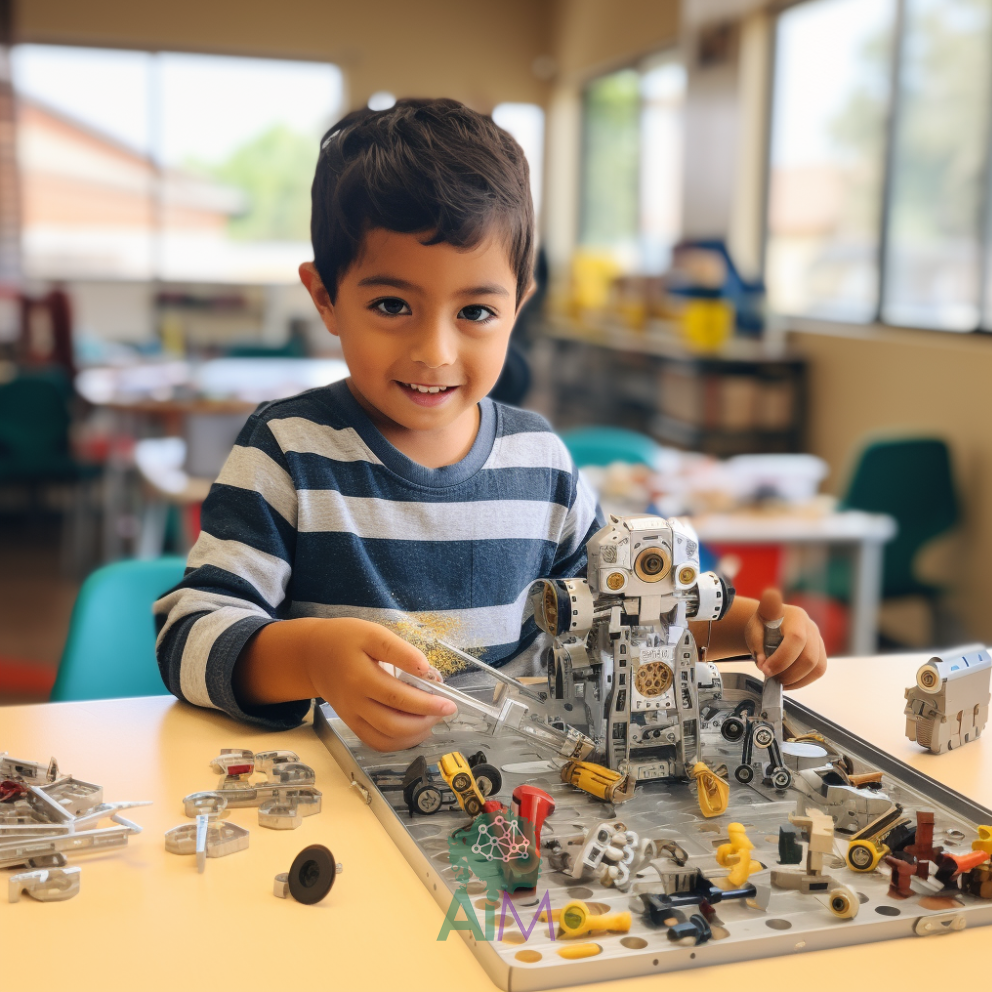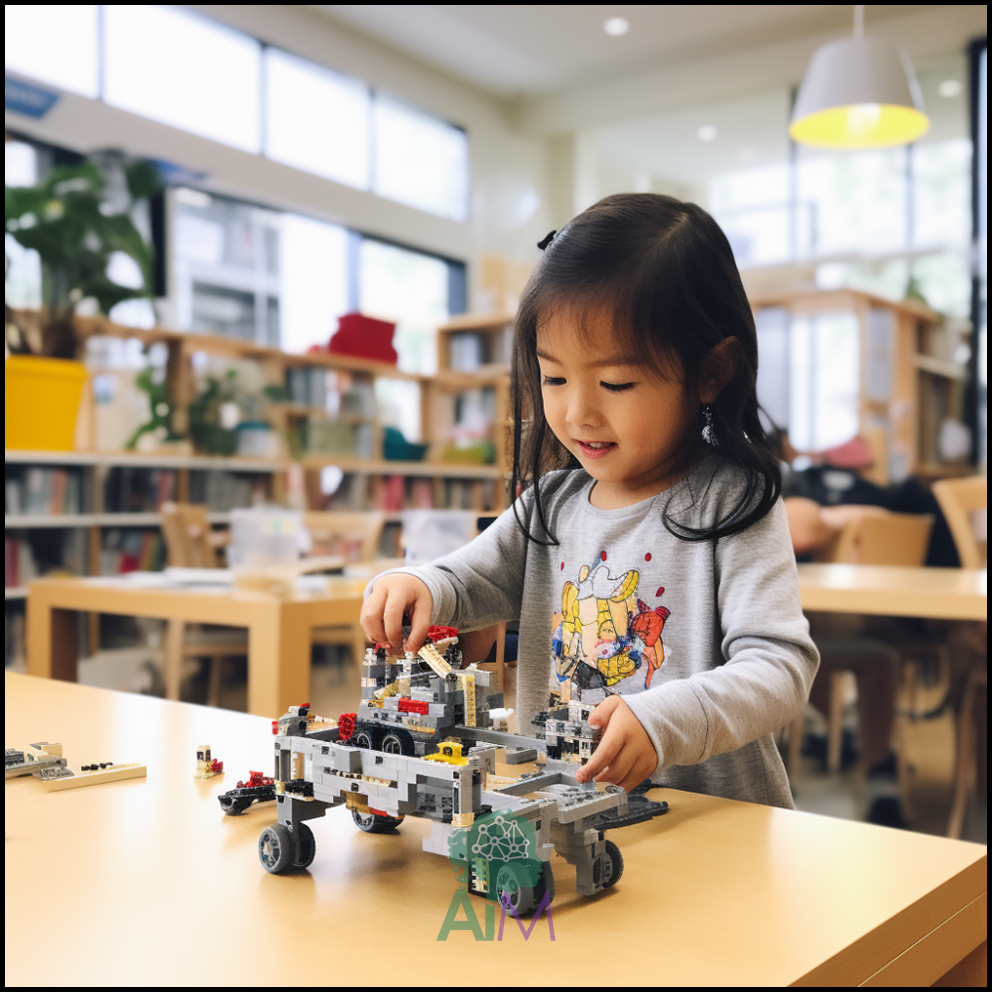Montessori education is celebrated for its child-centered approach, encouraging independent learning and nurturing a love for knowledge from a young age. Now, imagine infusing this tried-and-true philosophy with the magic of Lego and the wonder of robots. In this blog post, we’ll explore how these creative tools can be seamlessly integrated into a Montessori classroom, promoting teamwork and problem-solving skills while honoring the essence of Montessori.
The Marvels of Lego in a Montessori Classroom
In a Montessori classroom, children are already immersed in an environment that encourages exploration and hands-on learning. Lego fits like a glove in this setting. It offers a tactile experience that complements Montessori materials, fostering fine motor skills and spatial awareness. By introducing different Lego sets, children can delve into the world of architecture, engineering, and design.
Building Robots the Montessori Way

Now, let’s take the natural curiosity nurtured in a Montessori classroom and elevate it with robotics. Lego robots, often called “Lego Mindstorms,” empower children to merge creativity with functionality. Here, Montessori principles of independent learning intersect with the world of programming and engineering. Students can design their robots, experiment with various sensors, and learn to program them to complete specific tasks. It’s like Montessori’s sensorial materials meet the digital age.
The Montessori-STEAM Connection
The integration of Lego and robots doesn’t just add another layer to the curriculum; it strengthens the Montessori-STEAM connection. The arts are as crucial in this setting as science, technology, engineering, and mathematics. Children can express their creativity by designing robot exteriors, creating storytelling with their robots, or even composing music to accompany their robotic adventures. This blend of Arts into STEM makes it a STEAM approach, fostering a holistic and well-rounded education.
Teamwork and Problem-Solving in Action
Lego and robotics in a Montessori classroom also shine when it comes to teamwork and problem-solving. Children can collaborate on building complex structures or programming robots to achieve shared goals. Through this, they develop communication skills, empathy, and a deep understanding of the value of collective efforts. Problem-solving becomes a natural part of the process. When a robot doesn’t respond as expected, it’s an opportunity for critical thinking, experimentation, and perseverance, all in alignment with the Montessori philosophy.
Lego and robots, when introduced in a Montessori classroom, offer a magical blend of creativity, teamwork, and problem-solving. They seamlessly integrate into the Montessori environment, adding another layer of hands-on, independent learning. Moreover, by embracing the Arts, this Montessori-STEAM approach creates a well-rounded education that prepares children for the multifaceted challenges of the modern world. So, let the Montessori classroom become a canvas for innovation where imagination knows no bounds, and learning is an adventure in itself.
Go for it!
